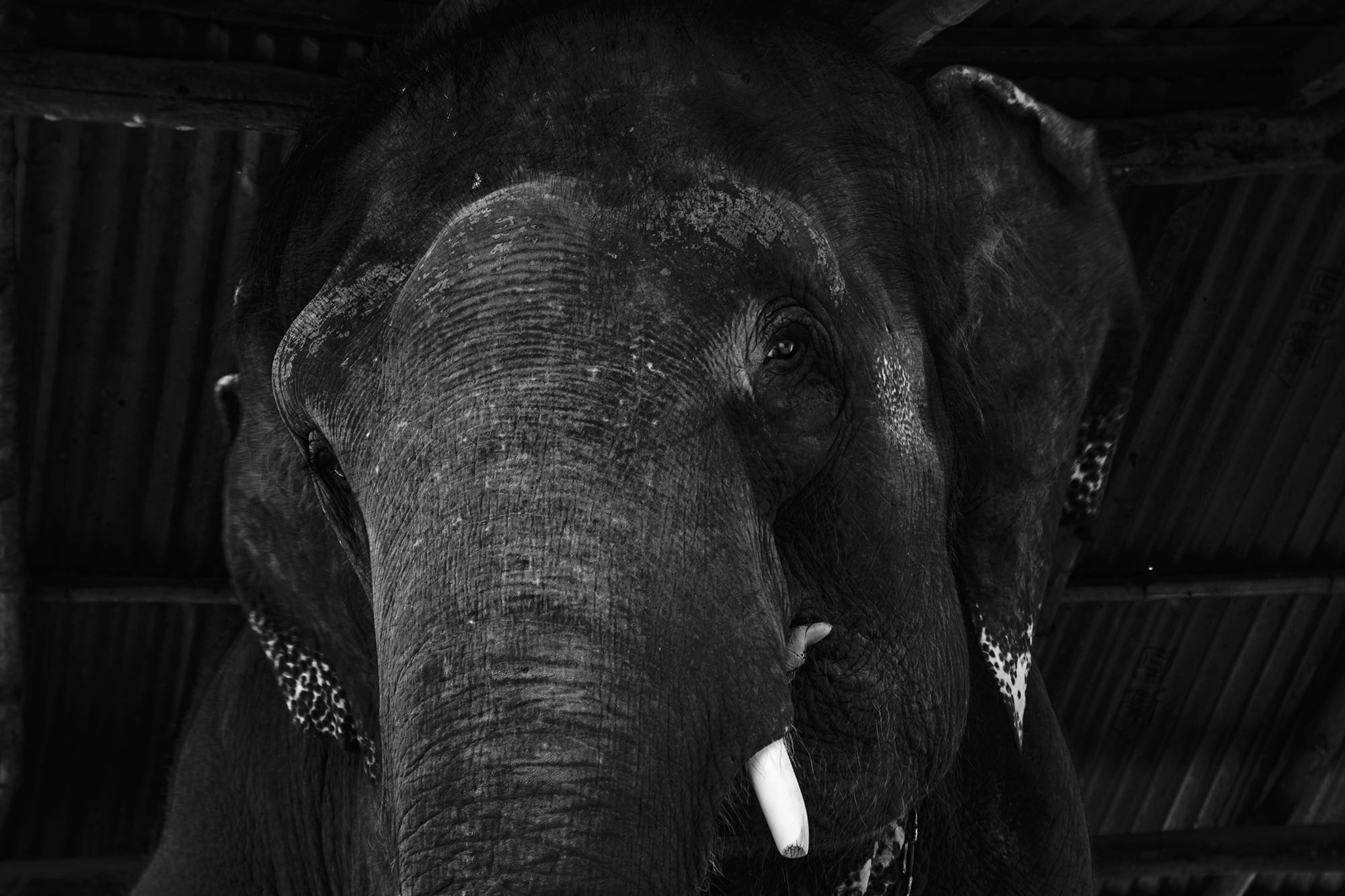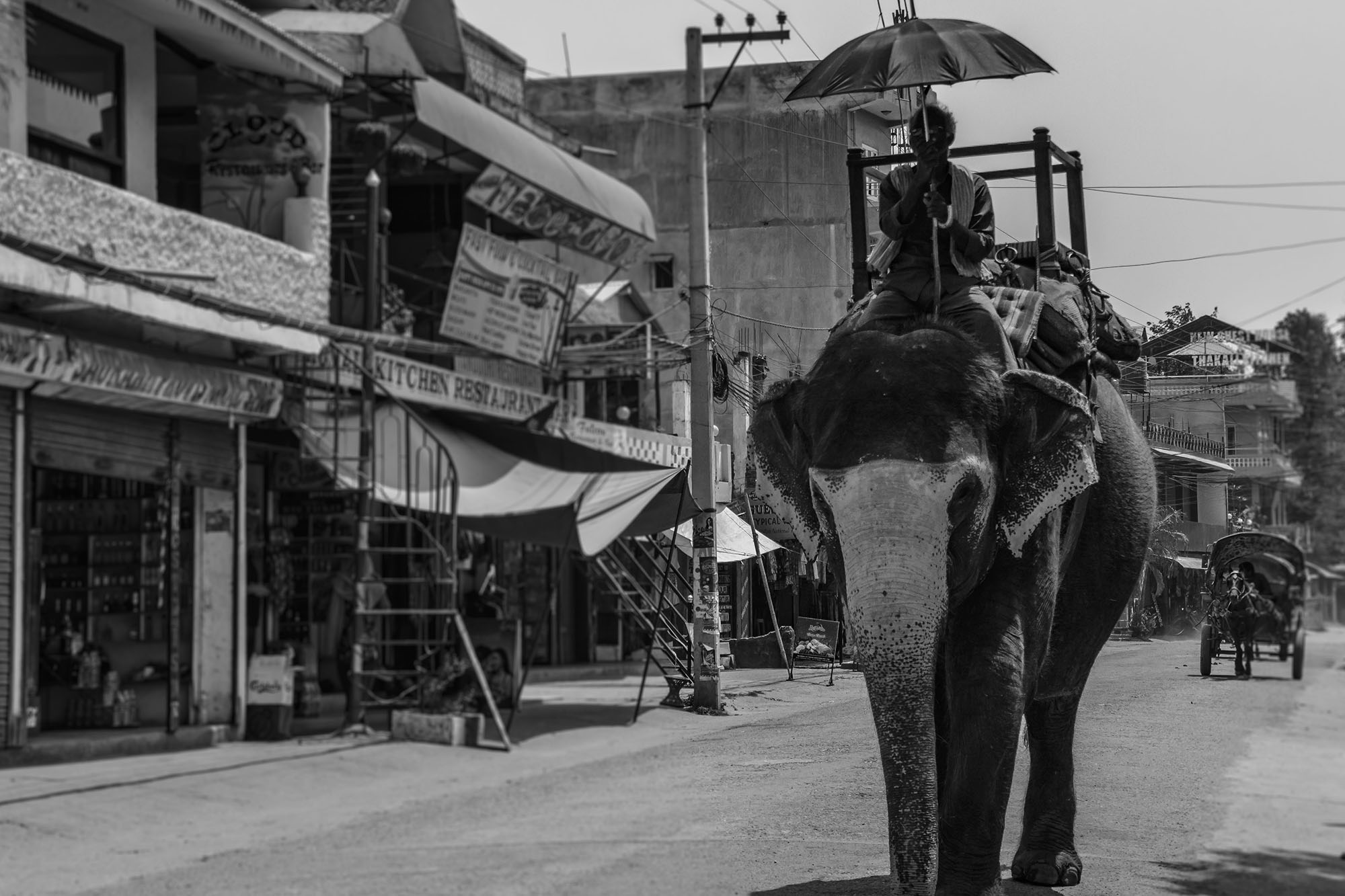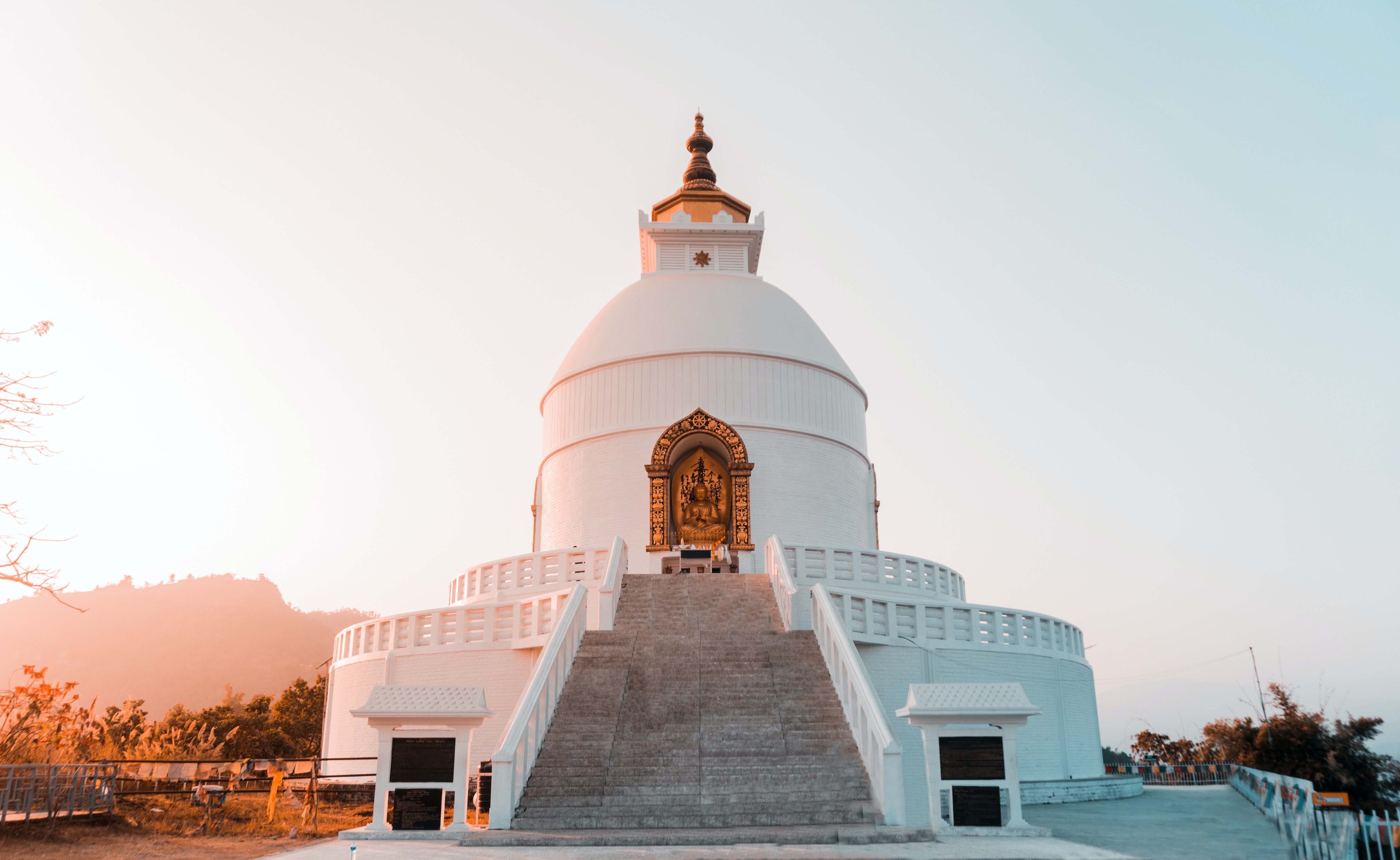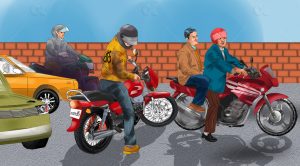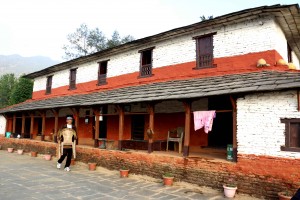Our first excursion to Sauraha marked a radical change for us. Having lived in Kathmandu for some time, I saw only a few things common between the two places.
The first things you notice in Sauraha, that the area is rich with forests and wildlife, that have made the woods their home. Then you notice that there is an unprecedented tourism boom happening there.
Walk down the road, and you will see hotels and travel agencies everywhere—all drawing on the riches of the nearby sanctuary to attract tourists. The boom, however, may not be good news for everyone, especially for ‘private’ elephants in the resort town.
Before I say anything about them, I must admit that having witnessed the sad spectacle of a badly beaten elephant, it would be hard for me talk about it with objectivity.
Elephant rides, or ‘safaris’ are organised for tourists by local hotels and agencies. Many elephants held privately are mobilised 365 days a year, sometimes from 6 am to 8 pm. These conditions lead to disastrous degradation of the health of the mammals.
Significant dietary deficiencies due to poor diet, joint problems, infections and abscesses in the foot are some of the many things that these elephants must live with.
The few foreigners who participated in a safari, with whom I got the chance to discuss the issue, admitted to having some remorse.
They stated that the attractive prices and the unusual nature of the activity seduced them into it. Moreover, they were unaware of the elephant torture issue.
According to the Travel and Tourism Competitiveness Report 2015, Nepal ranks 25th among the countries with the most attractive natural resources. It can be safely said that the main attraction of this region is its wildlife.
It is possible to combine tourism with humane practices, and that can be done when tourists are aware of what is going on.
Some of the onus lies with tourists who can affect changes in Chitwan. It is important to encourage initiatives in this direction in order to preserve Sauraha’s wildlife, which is rich, but fragile.
(The author was a participant of a photojournalism program organised by Internship Nepal.)
***
Also read



